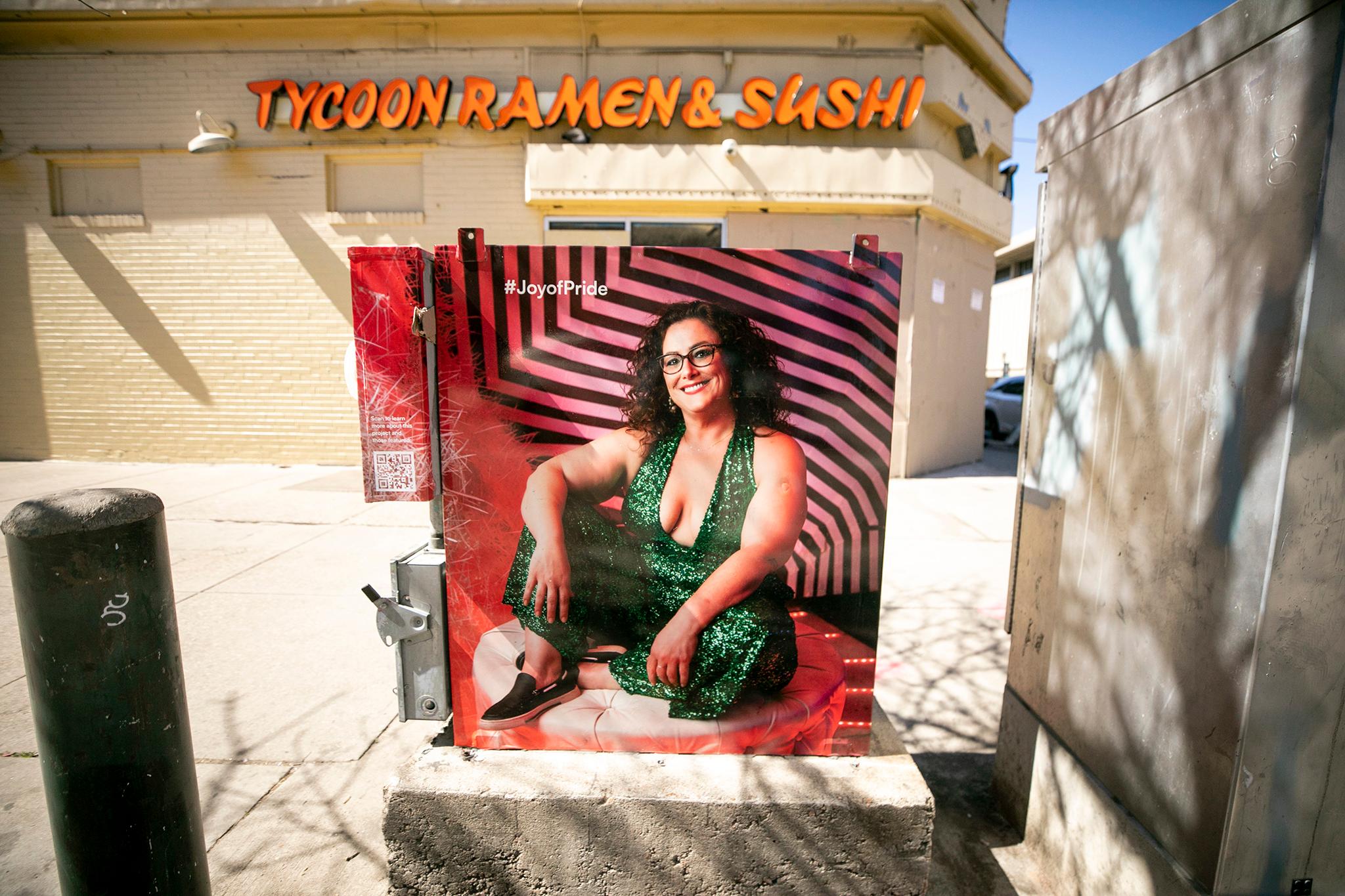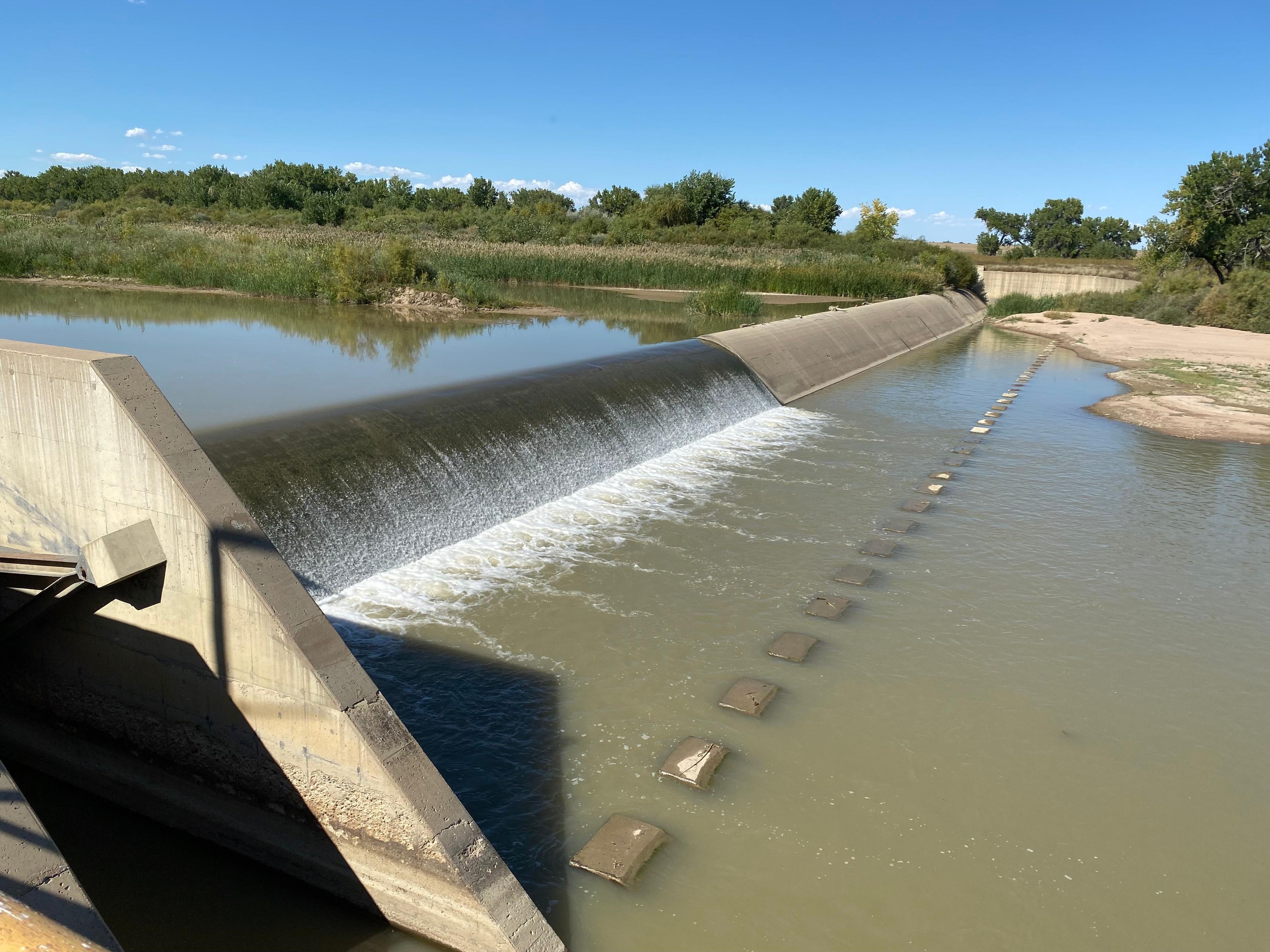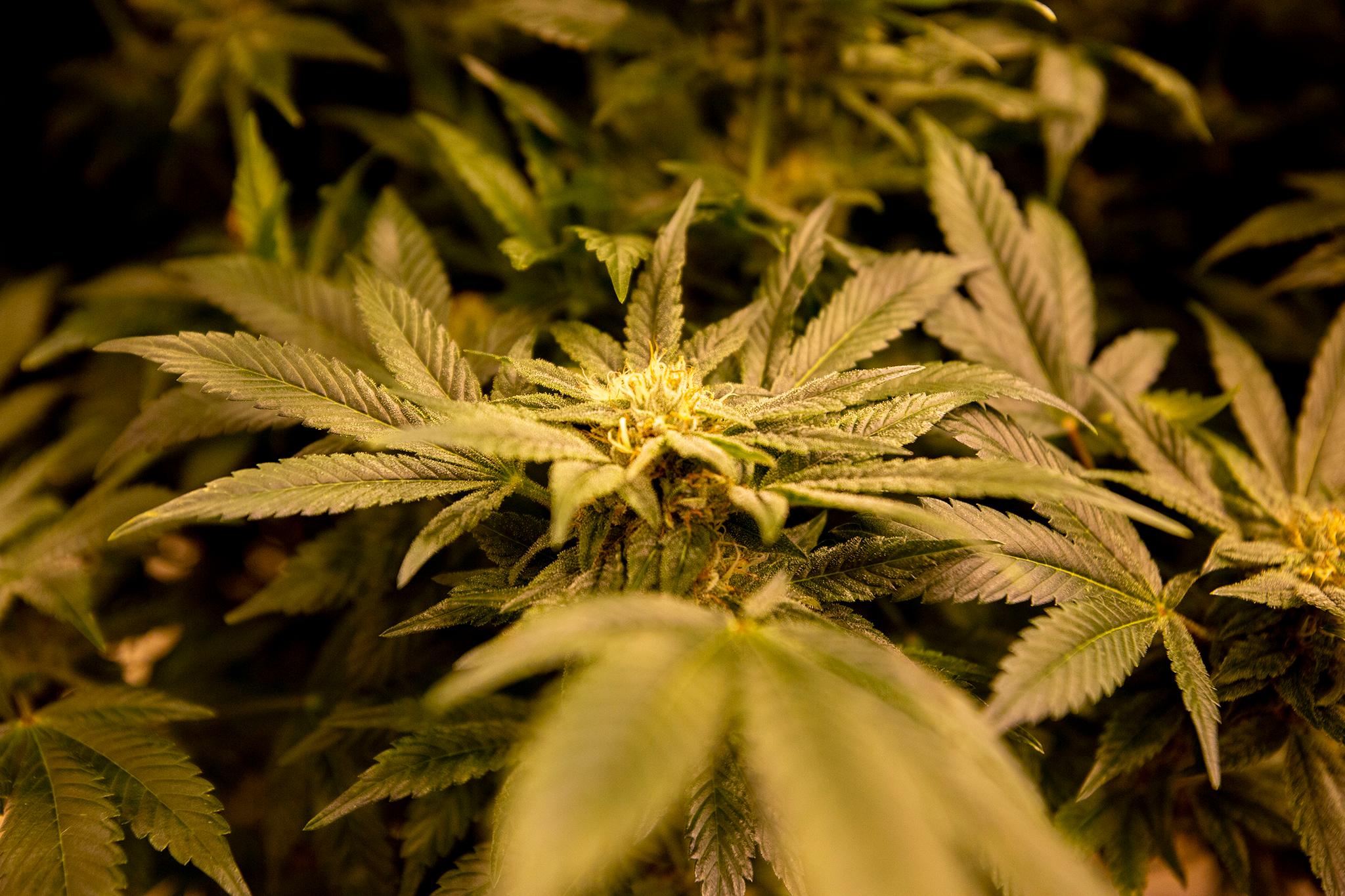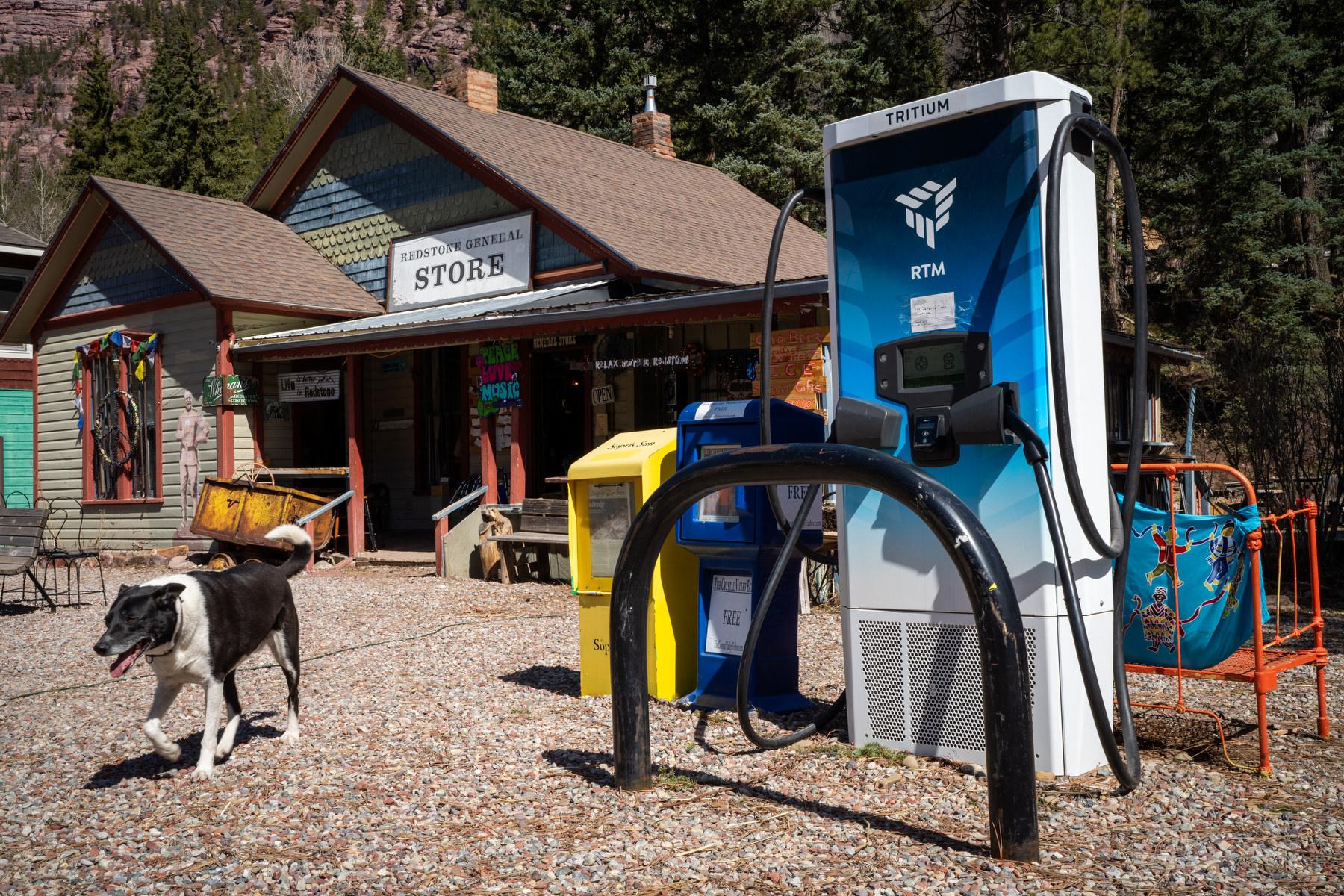
It seemed like a good idea at the time.
By the fall of 2020, the pandemic had left my partner and me itching to leave the confines of our Denver home. We also had a new set of wheels: a slate-gray Chevy Bolt. With an advertised 259 miles of range, the battery-powered car could theoretically whisk us to the farthest corners of the state — provided we found places to recharge along the way.
I’ve always seen “public guinea pig” as part of my role as a climate reporter.
The energy transition asks consumers to make expensive and risky decisions to accelerate the shift away from fossil fuels. A heat pump instead of a furnace. Induction cooktops rather than gas stoves. It's easy enough to detail the climate benefit of each product, but the relevant question is always whether the benefits of a switch outweigh any personal sacrifice.
The same basic idea applies to electric cars. Soon after buying a Bolt, I already appreciated advantages like skipping the gas pump and rapidly accelerating onto highways. The catch, however, was my city driving relied on an easily accessible Level 2 charger in my garage that could “refill” the 66-kilowatt-hour battery overnight.
A longer trip required Level 3 fast chargers, roadside monoliths capable of adding about a hundred miles of range in less than an hour. A crowd-sourced charger map suggested those plugs were available along major highways.
In our restless state, the information lent us enough confidence to strike out for Colorado’s North Fork Valley, an agricultural region with plenty of hikes and a few friends. We even plotted a digital itinerary: one stop at a fast charger in Carbondale, then over McClure Pass to another high-powered plug near our destination in Paonia. Simple enough.
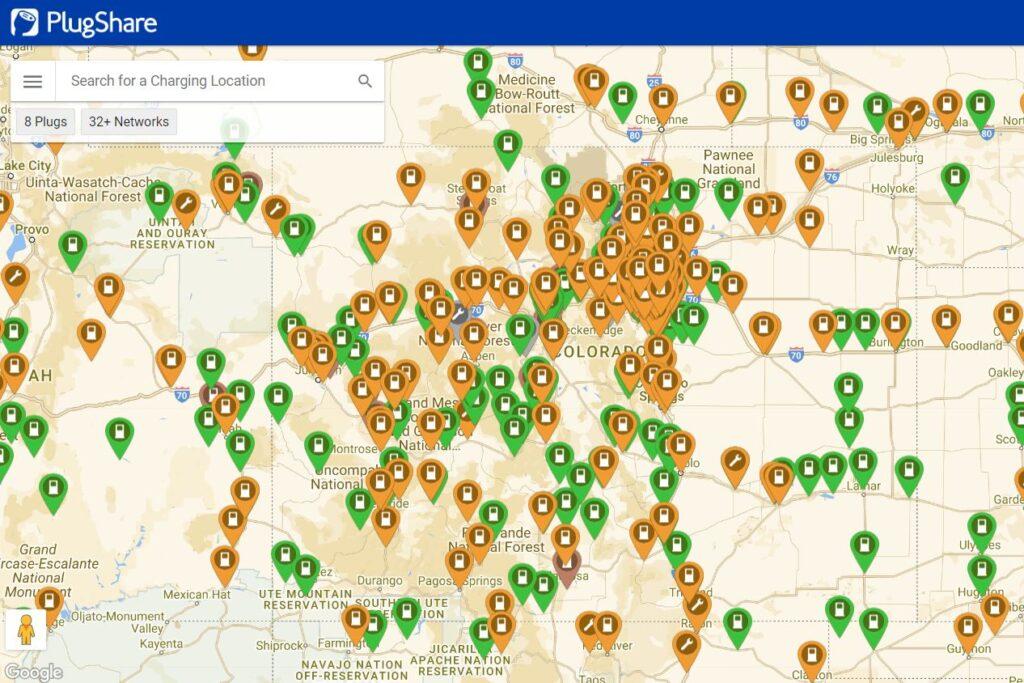
Our 2020 journey, however, quickly became a lesson in the reality of EV range anxiety.
The first hurdle was an “out of order” message at our initial fast charging station. Another system refused to accept our credit card or payment through an app.
The road trip’s saving grace was a charging station relegated to a dark parking lot in Paonia, which — after navigating a complex set of instructions posted on a laminated sheet of paper — thankfully provided our Bolt with a jolt of power.
We limped home with the help of slower public chargers, but the entire experience left us cautious. Our adventure had nearly ended with the hatchback atop a tow truck.
As much as it hurt my early-adopter heart, it seemed a gas or hybrid car remained the gateway to an enjoyable Colorado road trip.
Rapid investment in rapid charging
There is one reason to believe the situation has shifted: Colorado’s EV charging landscape has blossomed since that 2020 road trip.
A state-managed internet dashboard now reports Colorado has more than 5,100 public EV plugs, including roughly 4,000 slower Level 2 ports and 1,000 fast charger ports. That’s more than double the number of public chargers available in 2020, data from the Colorado Energy Office show.
The expansion comes as the state races to hit Gov. Jared Polis’ goal of getting 940,000 plug-in vehicles on Colorado roads by 2030. Colorado is now roughly 13 percent of the way toward the target, but it’s clear the automotive market is also picking up steam. The Colorado Automobile Dealer Association reports that battery-electric vehicles and plug-in hybrids accounted for 16 percent of all new car sales in 2023, up from 10.5 percent a year earlier.
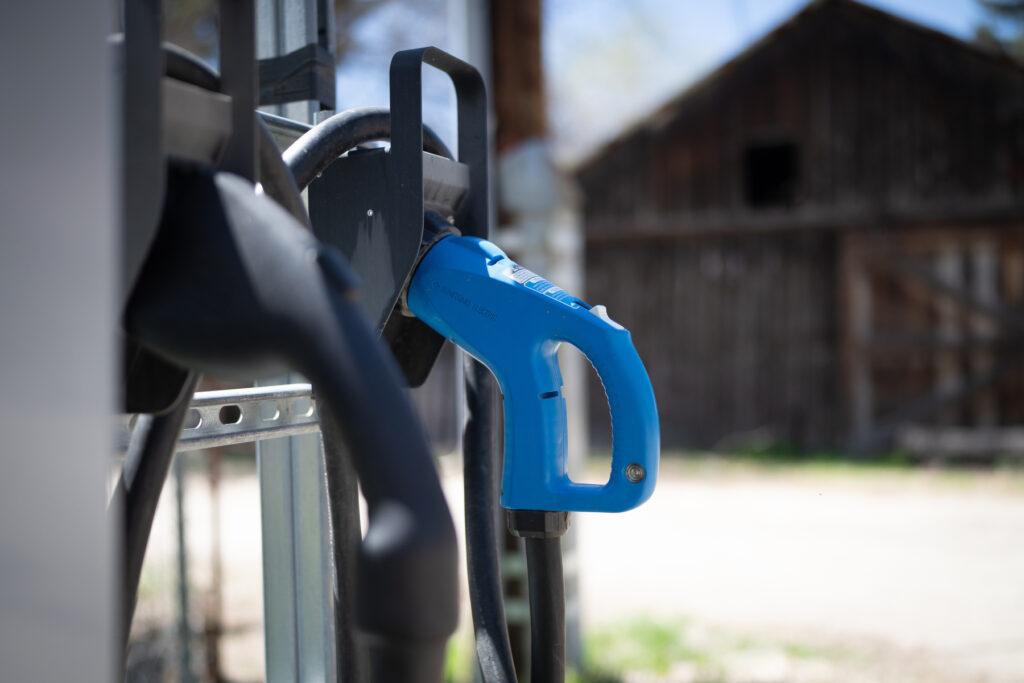
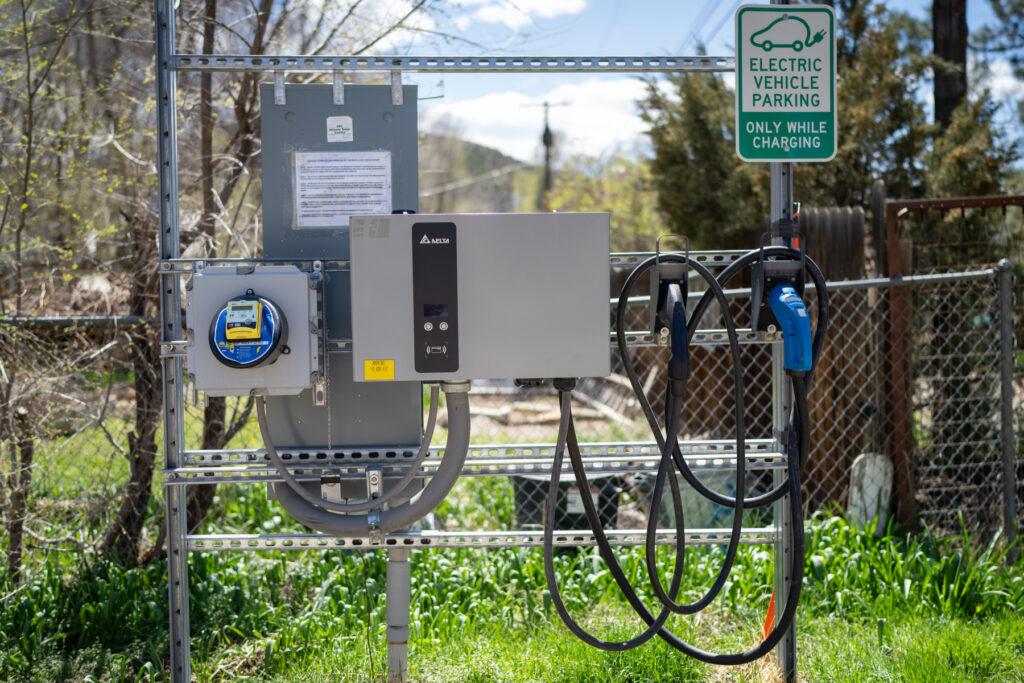
It’s clear why the state is so invested in public electric car charging. Matt Mines, a senior program manager with the Colorado Energy Office overseeing electric vehicle infrastructure, said residents want to drive their cars on longer trips to reach scenic locations across the state. Many other prospective EV buyers lack access to a home charger, too, which means their mobility relies on public fast chargers.
“It’s an aspect of driver confidence and consumer confidence in transitioning to an electric vehicle,” Mines said. “You want to be able to make those trips to the mountains, to all the places you want to enjoy, and providing that confidence is essential.”
A recent survey from McKinsey & Company found that 42 percent of consumers skeptical of electric vehicles will not consider a battery-powered car until public chargers are as plentiful as gas stations. Even though most EV drivers plug in at home, the firm concluded improving charging infrastructure could encourage greater adoption.
Colorado updated its electric vehicle plan in March 2023, setting targets to increase charging options. By 2025, it calls for 1,700 fast-charge ports and 5,800 slower ports to be either installed or greenlit with grants or other dedicated funding. That’s roughly 1,500 more plugs than currently in operation across the state.
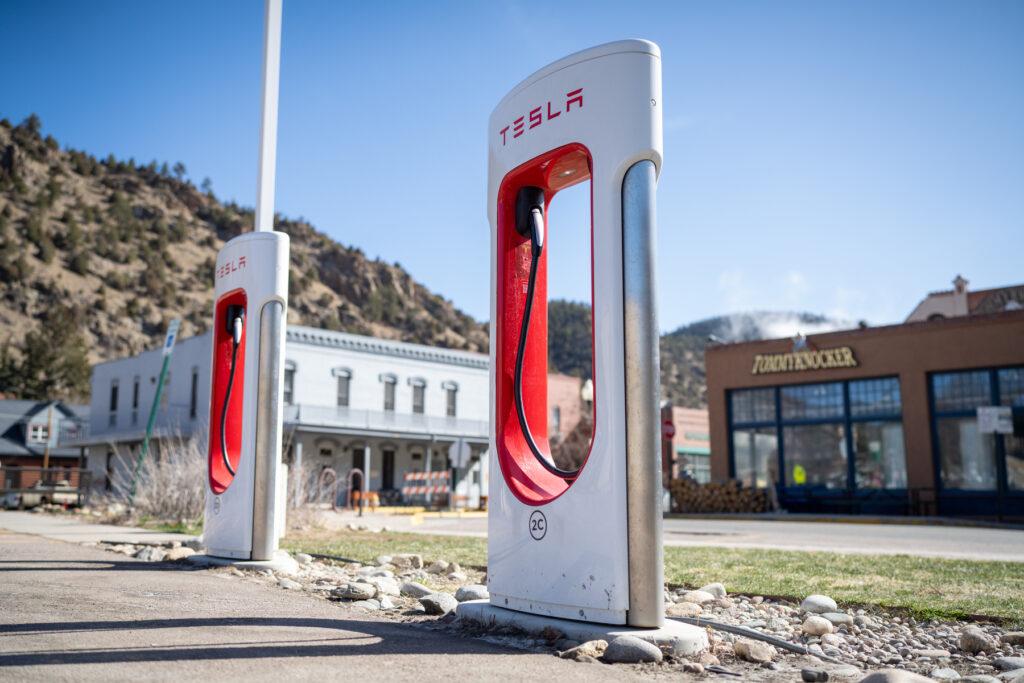
Mines is “cautiously optimistic” that Colorado will hit those targets. Earlier this month, the state announced a plan to spend $21 million to expand and install 290 fast-charging ports at 26 sites across the state.
Those future public chargers are partially funded by the National Electric Vehicle Infrastructure Program, a $5 billion federal initiative to install plugs along major highway corridors. Further financial support comes from Colorado’s Community Access Enterprise, a dedicated fund established to support vehicle electrification and other sustainability projects.
Mines said the state is trying to announce similar rounds of funding through the program twice each year, and it has other parallel projects to further subsidize new charging ports.
Roaring back to Paonia
The recent energy around EV charging improvements made me curious to retry an all-electric trip to the North Fork Valley. That opportunity came earlier this month when my editor sent me back to Paonia to report a story about an ambitious plan to harness methane seeping from abandoned coal mines.
I followed the same basic itinerary with a stop in Carbondale. The public charging map suggested the town still had a singular non-Tesla fast charger, but other EV drivers reported it was working just fine and providing a steady stream of power. The problem, it turned out, was another vehicle was using the plug when I arrived.
The EV belonged to WE-Cycle, a bike-share system operating in Colorado’s Roaring Fork Valley. After waiting for more than half an hour, I called the nonprofit and asked them to move the car. An apologetic employee soon arrived and vacated the charger, which topped off my battery in the time it took to inhale a sandwich.
It was a small hiccup in an otherwise uneventful trip. The experience suggests Colorado’s charger network has improved, but it hinted at the risks of easing off the accelerator in the race to add new plugs. Any slowdown could increase competition for plugs at charging stations — and strand future EV drivers in lines awaiting a few precious kilowatts.



